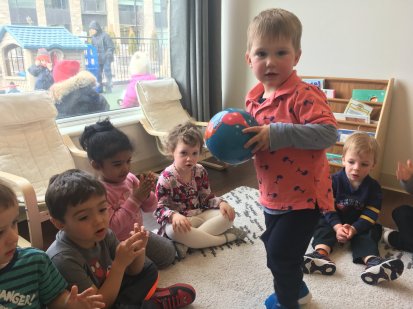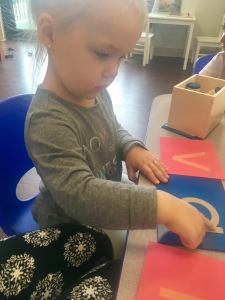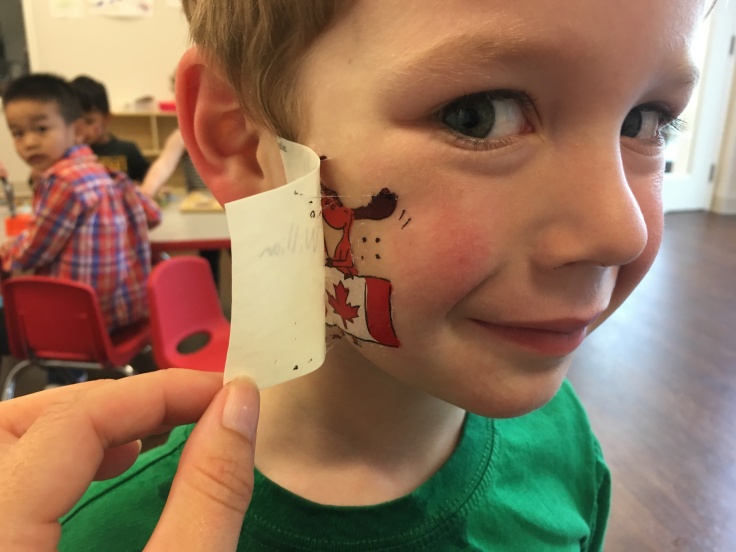
This summer, we’ve been focusing on some fascinating and fun units of study with our preschoolers. But, what better way to celebrate the summer than to study the magnificent wonders of the ocean.
The children have been learning about the five oceans, what wonderful mysterious creatures live in the deep blue as well as the different types of vertebrates and invertebrates. The children have worked so hard to create our under the sea theme in the preschool classroom with their own creative, colorful fish and lobsters.
Montessori-inspired units work well for preschoolers because we place the activities on trays and baskets on shelves, allowing your child to choose activities as his or her interest allows. It’s summer, so the units are water and weather focused, relaxed and fun! Parents be sure to ask your child what their favorite underwater creature is!
Parents the learning doesn’t have to stop when your child goes home for the day, you can continue the learning at home with these fun ideas!
Enjoy a yummy, crabby pita pocket for lunch!

You’ll need:
- pita pocket
- carrots
- tuna salad or egg salad
- spinach or lettuce (optional)
To Make:
- Make your favorite tuna salad or egg salad recipe and slice some carrots.
- Cut a small side off of the pita pocket to form the mouth of the crab.
- Scoop the tuna or egg salad into the “mouth” of the pita pocket crab.
- Place the filled pita pocket on a bed of spinach on the plate.
- Position the carrot slices around the pita pocket to form the crabby claws and the eyes.
- Enjoy your yummy, crabby, pita pocket lunch!
Before you eat why not read this cute little book “Clumsy Crab” by Ruth Galloway about how Nipper the crab and his “clumsy” claws are able to save the day! 
The strawberry octopus is a fun summer-beachy treat for you to make with your child. While your making it be sure to ask your child questions about the ocean unit studies. Where does the octopus live? How many tentacles does it have etc?

- Wash 2 strawberries
- Cut off the green stems
- Set one berry on a plate, cut side down
- Slice one berry into eight pieces for “legs” and arrange them
- Press the candy eyes onto the berry ( you can find these at Bulk Barn or Micheal’s in the cake decorating section)
You can continue the ocean theme to enhance math skills at home with this fun activity.

For the activity, you would have the child choose two number cards, placing the larger number in the space to the left. Then he or she could count out the correct number of Goldfish to place above the minuend as in the photo.
As the child counts out the correct number for the subtrahend, he or she could count out and move that number of Goldfish to the “water” above the subtrahend. After eating those Goldfish, the child could then count out the goldfish left and place the number card with the difference in the last space. Continue creating and solving subtraction equations until the Goldfish are gone.
We hope you enjoy these fun suggestions
Happy Summer and just like Dory .. just keep swimming















 Inter-generational relationships are becoming more popular these days as people are seeing the benefits that they bring.
Inter-generational relationships are becoming more popular these days as people are seeing the benefits that they bring.












































